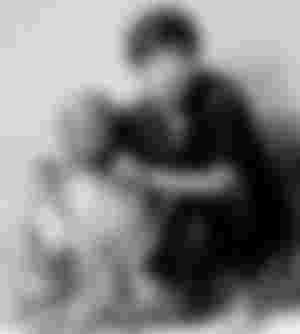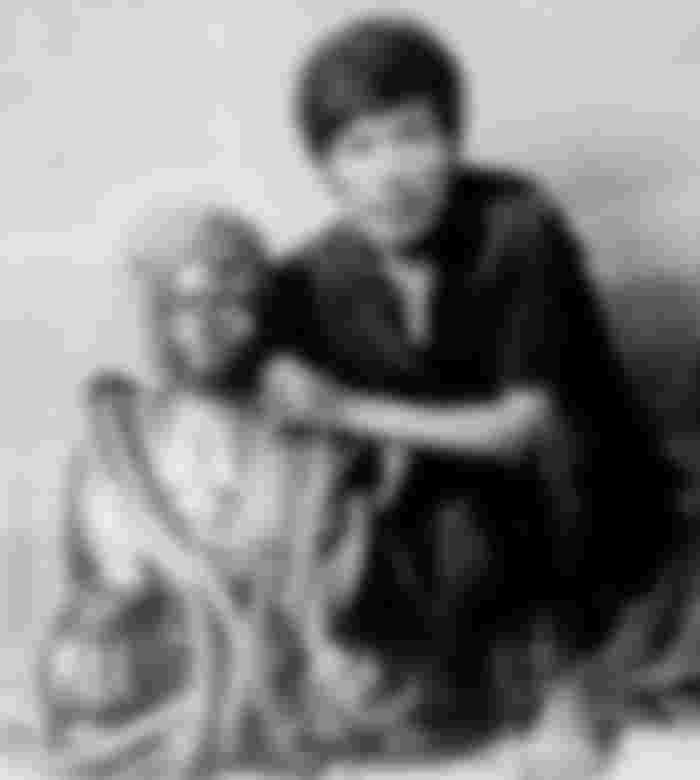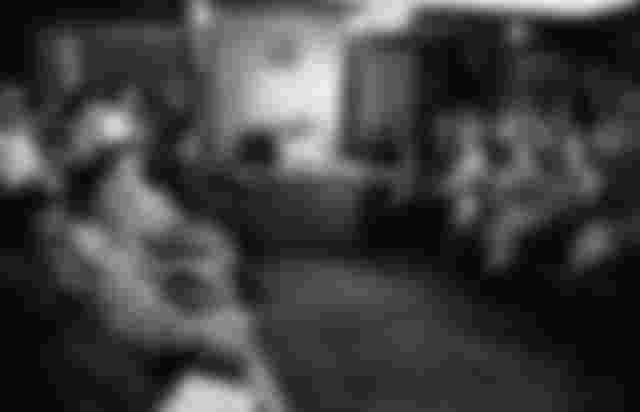How This Man Found A 22 Billion Dollar Hidden Treasure

Under the command of the notorious General Tomoyuki Yamashita, the Japanese military of World War II amassed a fortune in looted gold. The pillaged property included valuables from banks, museums, private properties, and even religious temples from all over Asia. It was meant to fund the Japanese war effort.
Unfortunately for the Japanese, they were defeated. But before defeat, they concentrated the treasure in their stronghold of the Philippines. Yamashita had the treasure buried in several undisclosed locations and sealed via dynamite.
Yamashita was then captured and tried for war crimes. He was pronounced guilty and was sentenced to death by hanging in 1946. The location of the hidden treasure died with him.
Almost thirty years later, a locksmith and amateur treasure hunter named Roger Roxas found a map to the treasure.
Hunting for Treasure
Roger Roxas had an honest profession but an exciting hobby. On the weekdays, he was a locksmith answering house calls of people who lost their keys around the town. On weekends, he hunted for treasure.
In 1961, Roxas met the son of a former Japanese army man who drew a map of the supposed location of the treasure for him based on his father’s accounts. Roxas had this corroborated by a local who served as an interpreter during the war. Roxas spent the next ten years searching for Yamashita’s gold.
In 1971, Roxas found an enclosed chamber in the mountains containing skeletons dressed in Japanese military uniforms. After weeks of digging through the cave, he struck gold.
Roxas found hundreds of large crates of gold bars, guarded by a distinct golden buddha. The golden buddha weighed about 1,000 kilograms and was made of solid gold. Roxas took the buddha and 24 blocks of gold to his home. He resealed the entrance for later retrieval once he had more equipment to do so.
Roxas then met three prospective buyers who examined the buddha, validating its high gold purity. Regrettably for Roxas, one of the buyers worked for the then ruling Filipino dictator President Ferdinand Marcos.
Raid and Controversy

Two months after Roxas found the golden buddha, soldiers stormed his house. They had red ribbons tied around their rifles, which indicated that they were members of the President’s private army. One of the prospective buyers was in their party.
The soldiers held Roxas and his family at gunpoint. They then took the golden buddha, gold bars, as well as personal jewelry of the household. They would have killed all of them if Roxas chose to resist.
A few days later, Roxas reported the raid to authorities, but they refused to help. President Ferdinand Marcos had control of virtually every state institution at the time. This fact forced Roxas to turn the media for help.
His story made it to the front page of the newspapers, and all major television networks covered it. And in an attempt by Marcos to smear Roxas’s story, several articles were released claiming that Roxas was just paid off by political opposition to tell lies. The media spectacle dragged on for weeks.
Then Roxas went missing from his family and the public.
In Captivity

On May 18, 1971, three men in civilian clothing arrested Roxas. His captors said that they were taking him directly to President Marcos for negotiations. But they took Roxas to a shoddy building and strapped him into a chair.
After five punches to the gut, the men showed Roxas a picture of his family and told him to cooperate if he ever wanted to see them again. They asked Roxas to admit in writing that all his claims were fabricated and that the opposition had paid him off. His captors also asked for the location of the rest of Yamashita’s treasure.
Roxas refused both demands and instantly regretted it. The men pulled out an old car battery, and attached a cable to it, having the other end placed on Roxas. They switched on the battery, intermittently electrocuting the unfortunate treasure hunter. Eventually, he yielded to their first demand.
They allowed Roxas’s wounds to heal before having a photoshoot as proof of his statements against Marcos’s opposition. He briefly met up with his family and asked them to pray before being brought back to captivity. Soldiers took him away after ten minutes.
His captors continued to torture him in hopes of finding more treasure, but Roxas refused to divulge any more information. Then one night, he was left by himself in his room, while guards secured its entrance. The President’s men forgot one crucial detail.
Roger Roxas was a locksmith.
Roxas had been waiting for the opportunity to use a small locked window in the toilet to escape. He picked the lock, went through the window, and silently climbed down the roof.
Roxas and his family fled to a far-flung region of the Philippines. They hid there for ten years after his incarceration. He would never see the golden buddha again.
The $22,000,000,000 Law Suit

The Filipinos ousted Ferdinand Marcos and his family in 1986. Marcos then fled to Hawaii, which became his final resting place in 1989. At the time, the value of Marcos’s assets exceeded that of the entire Philippine treasury. His wife, Imelda Marcos, admitted on record that the majority of their wealth was attributable to Yamashita’s treasure.
Roxas sued Marcos with his estate for the value of the golden buddha plus the golden bricks he said the President stole from the cave. But on the eve of the trial, he passed away. His family claims that his passing came under dubious circumstances.
Fortunately, Roxas’s deposition, as well as other testimonies from witnesses, were sufficient to convince the jury to vote for his favor. The jury awarded $22 billion to Roxas’s estate and heirs, which was at the time the largest award in history.
When the judgment debt ballooned to $43 billion, Imelda Marcos had this appealed to the Supreme Court of Hawaii, whose decision reduced the award to just $13 million. The Court justified this by saying that the value of the crates left in the cave could not be appropriately determined.
As of the time of this writing, the judgment debt has grown to $25 million due to interest. Imelda Marcos and her family, members of which have been accused of human rights abuses, have paid out only $1.4 million so far.
A suit in 2019 was filed by Roxas’s daughter in Manhattan to go after the former President’s properties hidden in the State of New York.
Source/Further Reading: Roxas v. Marcos, 1998, Supreme Court of Hawaii
Originally published by the author on August 23, 2020 via historyofyesterday.com.



